What is Laser Hair Removal ?
Everything you need to know about the laser hair removal is explained here in this post.
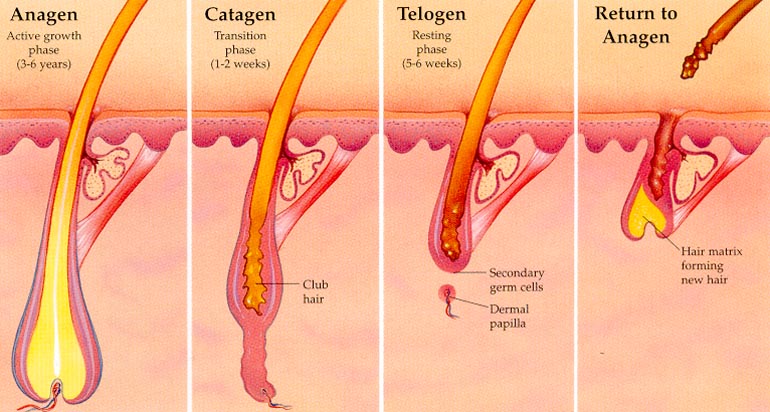
The majority of us try to get rid of this problem either by plucking hair or by waxing. Both these methods are highly painful ones. The cosmetic world claims a number of hair removing strategies but none of them is permanent. Apart from waxing, shaving and even hair removal creams, laser hair removal is one of the best methods for hair reduction.
It works perfectly to reduce stubble where waxing usually doesn't. It mainly uses a high intensity light beam which destroys the hair at its roots. Different people experience different success level in this, but it is generally a permanent solution to unwanted hairs.
It took 20 years for Laser hair removal to become commercially available in the mid-1990s. The efficacy of laser hair removal is now generally accepted in the dermatology community and laser hair removal is widely practiced in clinics, and even in homes using devices designed and priced for consumer self-treatment.
Types of Laser Hair Removal
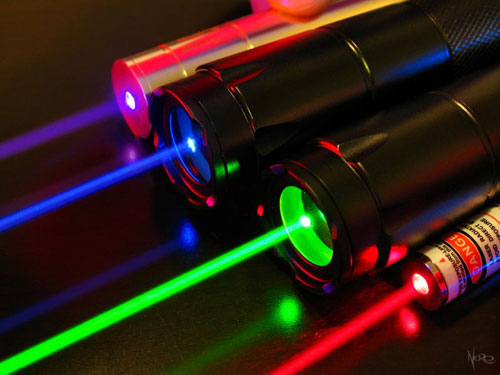
Diode Laser Hair Removal
The diode laser is the most effective and is endorsed by the Harvard and Massachusetts universities. With this type of laser, the destruction of the hair bulb takes place by transmission of heat to the pigment, which contains the follicle, without damaging the skin. No gel or anesthesia is usually required in this type as a part of this laser applied to the skin produces a cooling effect which prevents pain and possible burns.
This method is 40% more effective than other hair removal systems, but at the same time it is also more expensive than other treatments.
Alexandrite
The Alexandrite laser has a shorter wavelength system compared to other types of lasers and works quickly. It is best for light skinned individuals because it can lighten the pigment of dark skin. It has been proved to be good for waxing legs and underarms of women. It is widely used in clinics across the globe.
Ruby
The Ruby laser is the oldest type of laser used in hair removal. It is best for people with light or fine hair and fair skin. Compared to newer lasers, the Ruby covers a smaller area and can be more time-consuming.
ND and LP ND Yag
This Laser has the longest wavelength and is therefore capable of treating all skin pigments. However, it may not be as effective for long term hair removal. Patients also report this laser as causing more discomfort. This laser can be used to treat a large area quickly.
Number of Sessions
This is the most frequently asked question, that how long does it take to achieve the desired result by Laser Hair Removal. According to the studies, average number of sessions to achieve 80 percent hair reduction is between four to six sessions, as long as the candidate has fine skin color and dark hair. And if a precautionary approach is followed, then the whole process may end up taking eight sessions. Normally there are intervals of breaks between sessions, which can mean it may be a lengthy process. But the result is expected to last longer than waxing or shaving.
Getting prepared for hair removal
Before the start, you are advised to stay away from the sun at least few days to avoid getting sunburned. Skin which has been exposed to the sunlight or burn is difficult to treat, and it creates discomfort during the process. Other than this, any waxing or shaving sessions must be stopped prior to each laser removal session. Lotion, perfumes and any other cosmetic should be cleared from the surface of the skin to prevent an allergic reaction.
During the treatment
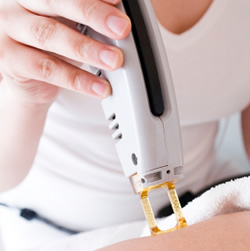
At the end of the process
Redness, considered to be a normal skin response, can be seen on the treated areas. There are some instructions and precautions that you should follow for better results. Some of precautions are mentioned below.
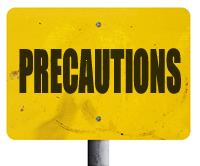
- Keep yourself away from the sun for at least two weeks before getting treatment.
- Drink the recommended amount of water to avoid dehydration.
- Different clinics make use of different types of machine during laser hair removal. So its better if you inspect and inquire about the machine before the treatment.
- If you are willing to take laser hair removal for a special event or occasion, you must plan it months before hand so that you can attend the complete treatment.
- You must avoid skin care products like deodorants and moisturizers after the treatment. As skin is in high sensitive stage at that time. Showers, baths or swimming may also be avoided for at least 24 hours.
- Apply sunscreen or ice after treatment especially on the facial part. This will protect the sensitized skin.
Advantages of Laser Hair Removal
- It's painless, safe, simple and effective.
- It is also permanent in majority of the cases.
- Its both for Men and women and for all age group.
- It is suitable for almost all areas of one's body.
- It prevents any damage to your skin.
- It makes the skin soft, rejuvenated and smooth.
- It is an ideal hair reduction solution for women who suffer hormonal problems.
- It can also be used for removing wrinkles or pimples as Photo facial and moreover Tattoo can also be removed by this process.
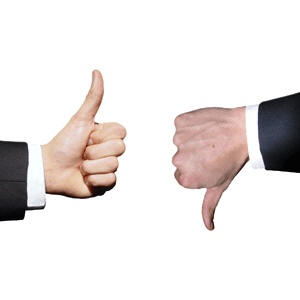
- Hair removal by laser may only works on specific people.
- This technique can even lead to irritation of the surrounding skin, and may also cause discoloration at points in a small percentage of users.
- The main disadvantage of laser hair removal is the cost associated with the treatment. Unfortunately you can't get away with one treatment. The Laser Hair Removal ranges from about $700 to $1200 for a quality machine.
- If adequate care is not taken to cover the eyes, the person's vision may be affected due to the intense laser beam.
- It can result in migraines in some sensitive individuals.
- Some persons may experience a tingling sensation that subsides with time.
- There may be new hair growth in some individuals.
- Laser hair removal is not very effective on gray or blonde hair.
So this was all about the Laser Hair Removal technique along with its types, advantages & disadvantages, and precautions to be taken after treatment.